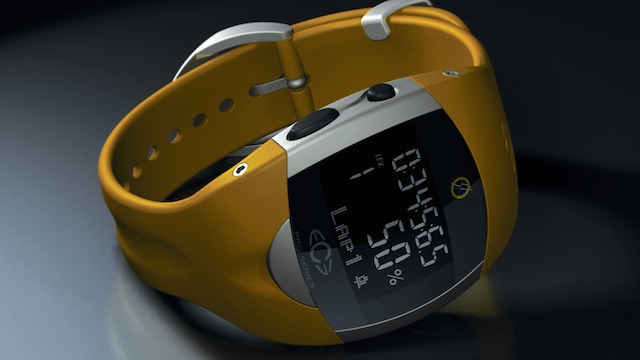
Researchers at Cornell University have developed a new way to monitor the vital signs of patients. Using a concept called near-field coherent sensing, scientists can now directly modulate the mechanical motion that takes place on the surface and inside the body. This new method is free of the problems that limited previous systems used to monitor vitals, and significantly reduces discomfort to the patient in question. Additionally, near-field coherent sensing has proven more accurate than older systems when it comes to monitoring vital signals.
Near-field coherent sensing operates using multiplexed radio signals. The mechanical motion of the body can be modulated onto these signals, which are integrated with a particular digital identification. Near-field coherent sensing relies on electromagnetic energy that is directed into the body tissue, as opposed to traditional radio frequency methods. This means that the backscatter from internal organs is significantly amplified.
Simultaneously, shorter wavelengths from with the body turn the small mechanical motion into a larger phase variation. This also helps to increase the sensitivity, and allows near-field coherent sensing to be evaluated at the far-field radiation. Such design features allows for greater variety in the devices, as well as for the technology to be modified as needed based on individual cases.
Perhaps most significantly, these monitors do not need to be implanted in patients to work effectively. Users can simply wear items of clothing that have the tags integrated into them, and receive the same results. The devices register heart rate, blood pressure, respiration rate, and breath effort — all in minute detail. And in an effort to cut down on costs, the program is able to easily monitor more than one person at a time.
Our system is capable of monitoring multiple people simultaneously and could lead to the cost-effective automation of vital sign monitoring in care facilities.
With prnounced success in animal testing, scientists are ready to move on to human research. The technology has a variety of potential future applications, from those in the world of fitness to medical technology. This could prove to be the low-cost, high-quality vital monitoring system scientists have been looking for.
